Blog Detail
Table of Contents
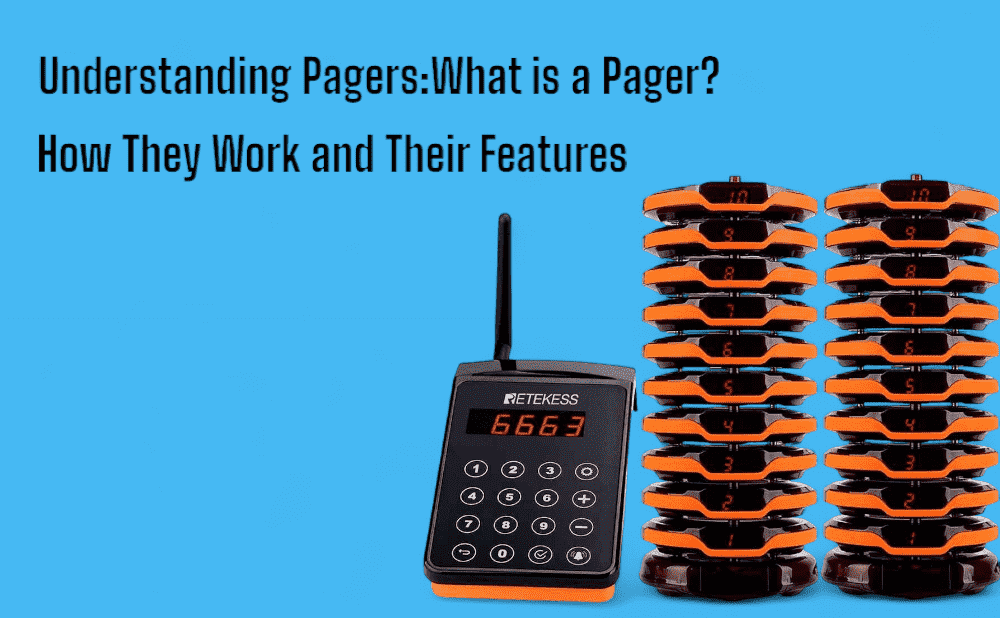
Pagers | Best Reliable Communication Tool for Restaurants, Hospitals & Emergency Teams
- Sophia
- May 10, 2025
- 0 Comments
Pagers may seem old-fashioned since we now have smartphones. However, they still play an important role in certain industries and situations. This article focuses on the Retekess pager, answering questions like "What is a pager?" and explaining its benefits. Pagers are reliable in emergencies and more secure than smartphones in sensitive areas. We will also clear up any myths about pagers and provide an overview of their history and current uses.
What is a Pager? Defining the Technology and its Functionality
A pager, also known as a beeper, is a device that receives short messages. It is a simple communication tool. The main parts of a pager include:
- Receiver: This is where the messages come in.
- Antenna: This helps the pager receive signals.
- Display: Some pagers show messages while others do not.
- Power Source: This is usually a battery.
There are different types of pagers:
- Numeric Pagers: Only display numbers.
- Alphanumeric Pagers: Can display numbers and letters.
- Two-way Pagers: Allow for sending and receiving messages.
Pagers work by getting signals from a base station. The base station sends the message to the pager receiver. Pagers can be wide-area, covering large places, or on-site, which work in smaller areas like restaurants or hospitals. They can also use licensed or unlicensed frequencies, with security implications.
Different paging protocols like POCSAG and FLEX handle how messages are sent. A paging terminal or service sends the messages to the pager. Pagers can be helpful where smartphones might not work well.
Retekess Pagers: What Are They and Why Use Them?
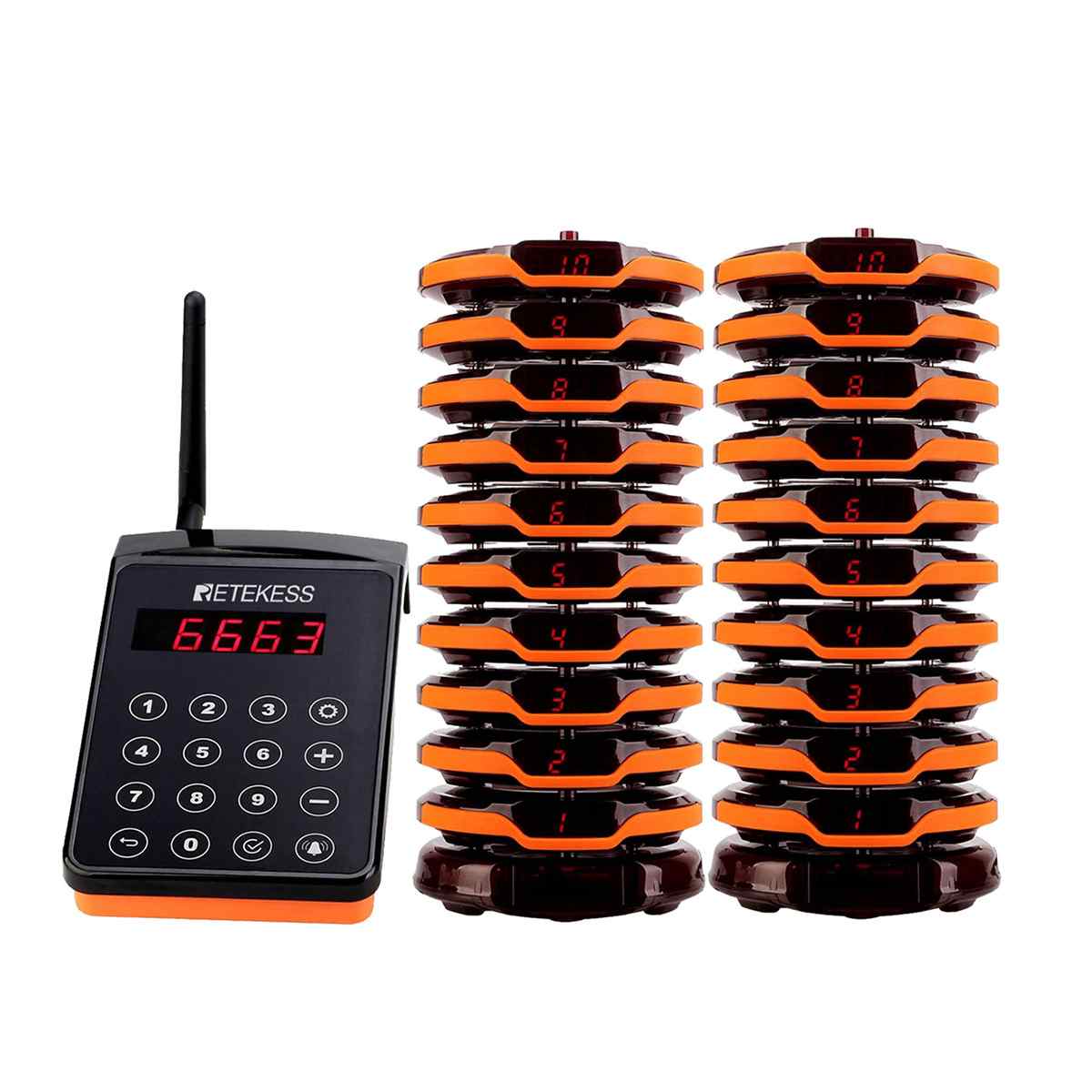
Pagers might seem old, like from a movie. But they still help many people. This article explains what pagers are and why some businesses still use them. We will focus on Retekess pagers. Pagers can be more reliable than phones in emergencies. Plus, pagers can keep information safer.
Are pagers really old news, or do they still matter today?
What is a Pager?
A pager is a small device that gets short messages. It is like a one-way radio. Pagers are also called "beepers."
A pager has a few main parts:
- Receiver: This gets the message.
- Antenna: This helps the receiver get the message from far away.
- Display: Some pagers have a screen to show the message. Others just beep.
- Power source: This is usually a battery.
There are different kinds of pagers:
- Numeric: These only show numbers.
- Alphanumeric: These show numbers and letters.
- Two-way: These can send and receive messages, but are less common.
Pagers work when someone sends a signal from a base station. The pager's receiver picks up this signal. There are two types of pagers: wide-area and on-site pagers. Wide-area pagers can be used in larger areas. On-site pagers are used in specific locations like hospitals.
Pagers use licensed and unlicensed frequencies. A licensed pager needs permission to use a certain frequency to transmit the message.
Retekess Pagers: What You Need to Know
Retekess sells different types of communication tools, including pagers. They make pagers for:
- Restaurants
- Hospitals
- Offices
Retekess pagers have features like:
- Long range: They can work far away from the sender.
- Durability: They are strong and can last a long time.
- Easy to use: They are simple to set up and use.
Restaurants use Retekess pagers to tell people when their table is ready. Hospitals use them to contact nurses. A Retekess pager system includes a transmitter, pagers, and chargers. Pagers can alert people in different ways like beeping, vibrating, or flashing lights. Retekess pagers use coded communication. Coded communication is a form of secure messaging that prevents outsiders from seeing the information being shared.
Why Pagers Still Matter
Even though we have smartphones, pagers are still useful. They are reliable during emergencies. If cell phone towers are down, pagers can still work. Hospitals often use pagers during emergencies. They are more secure than smartphones. Smartphones are prone to data breaches while pagers operate on a private secured network. This is important for businesses with private information.
Pagers can be cheaper than smartphones because you don't need a data plan. They are also easier to use, especially for people who don't know much about technology. Pagers have long battery lives.
Pagers vs. Smartphones
Here's how pagers and smartphones compare:
| Feature | Pager | Smartphone |
|---|---|---|
| Cost | Cheaper | More expensive |
| Reliability | Very reliable | Can be unreliable |
| Security | More secure | Less secure |
| Ease of Use | Very easy | More complex |
| Battery Life | Longer | Shorter |
| Communication | One-way | Two-way |
Smartphones can be distracting. Pagers only send important messages.
How Retekess Pagers Are Used
- Restaurants: Tell customers when their table is ready.
- Hospitals: Contact doctors and nurses quickly. Nurse call button systems and emergency notifications are also facilitated.
- Retail: Alert workers about customer needs.
- Factories: Tell maintenance about broken machines.
- Emergency Services: They are useful for volunteer fire departments when cell service is unreliable.
Choosing the Right Pager
When picking a Retekess pager system, think about:
- Range: How far the signal needs to reach.
- Capacity: How many pagers you need.
- Durability: How strong the pagers need to be.
- Features: What kind of alerts you need.
- Ease of use: How easy the system is to set up.
- Cost: How much the system costs.

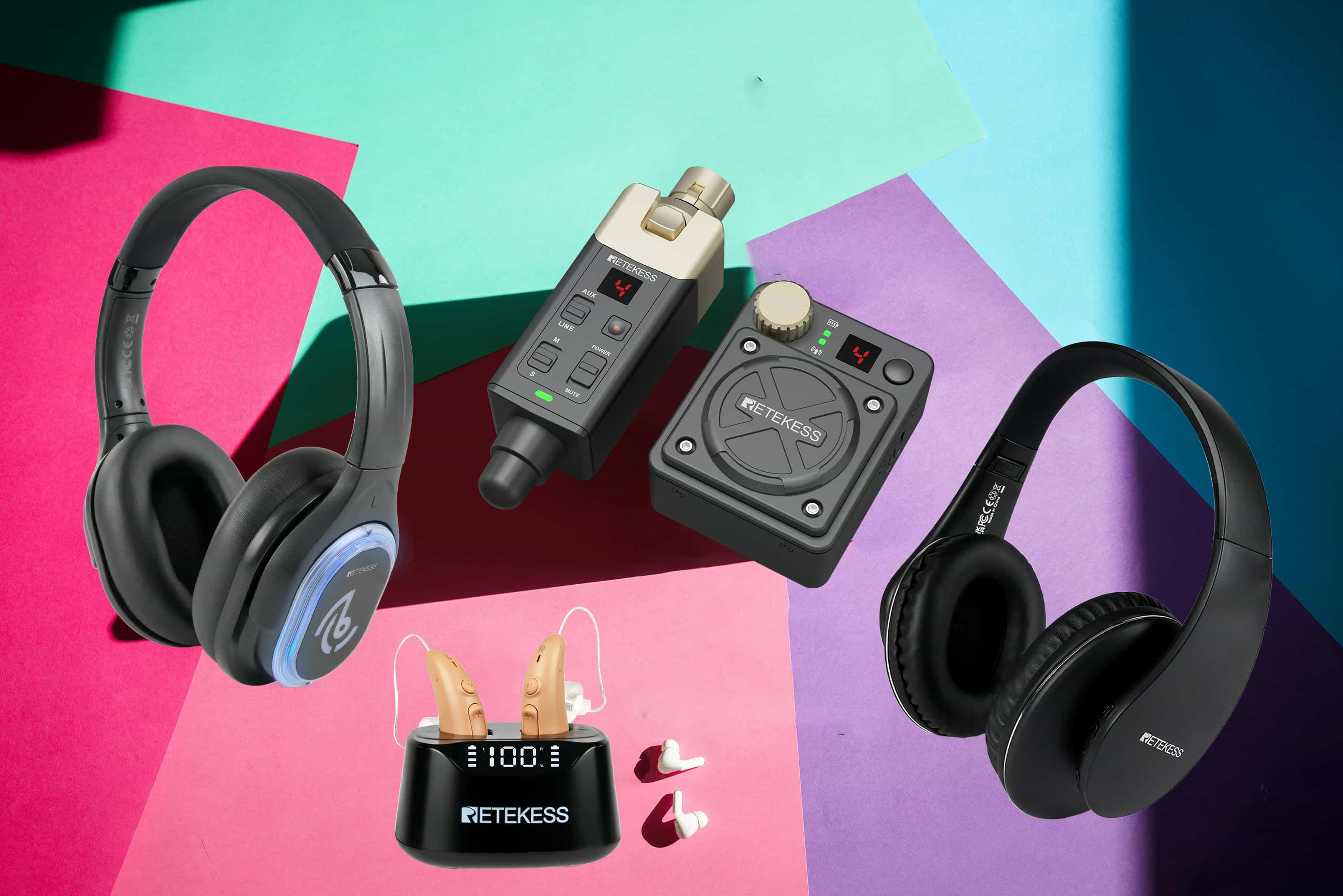
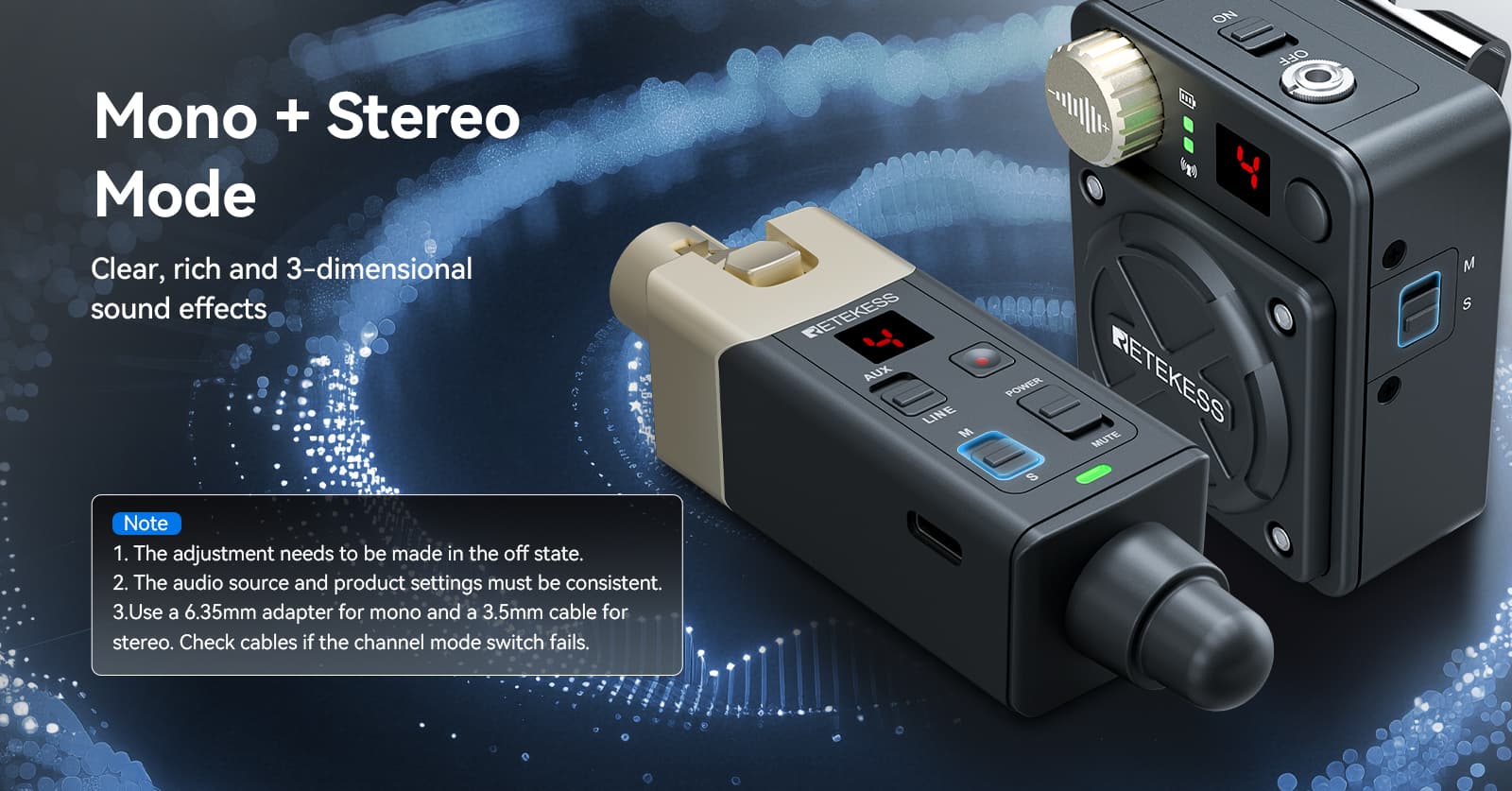


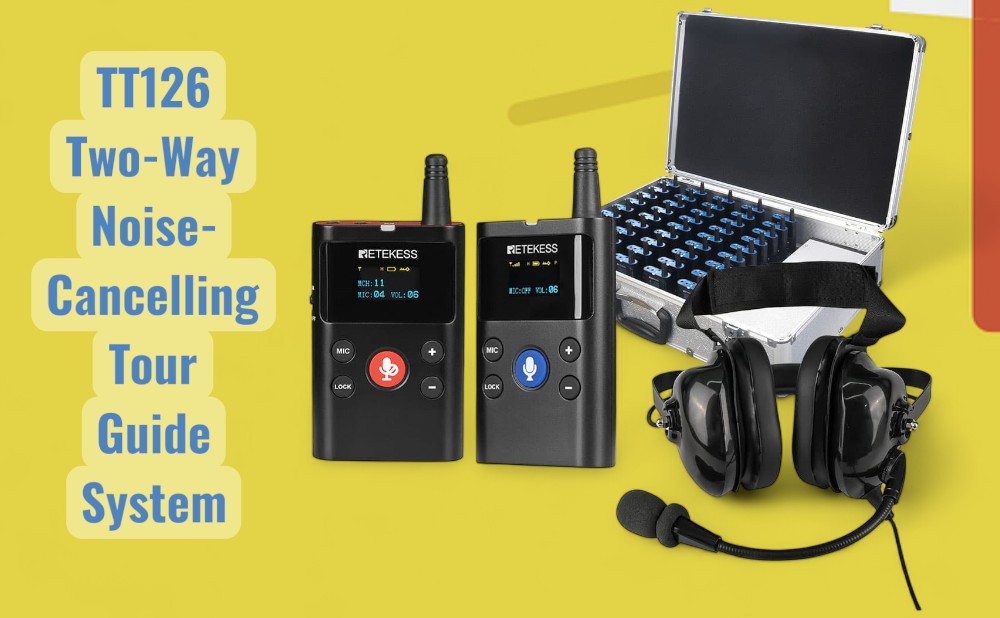
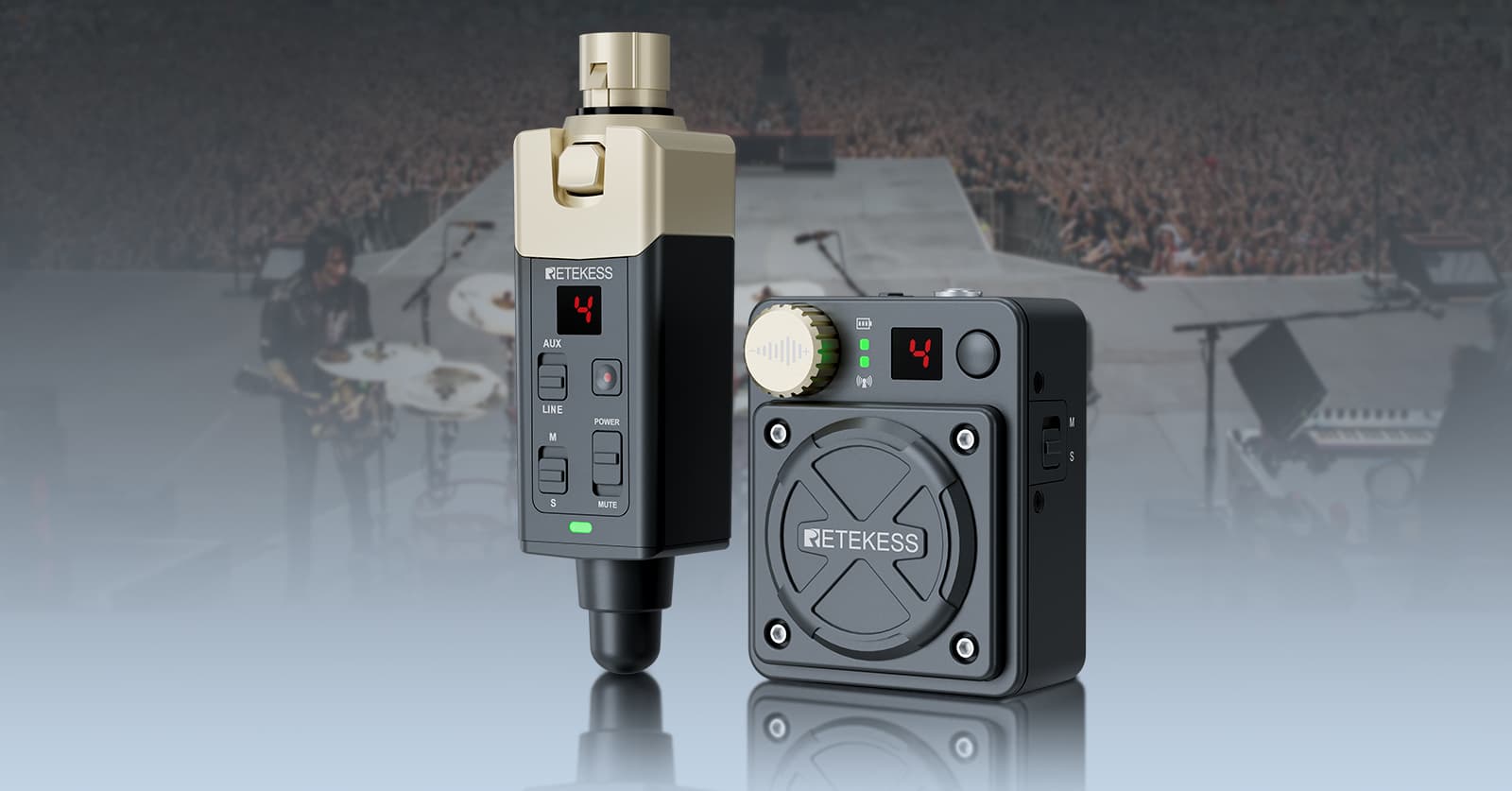


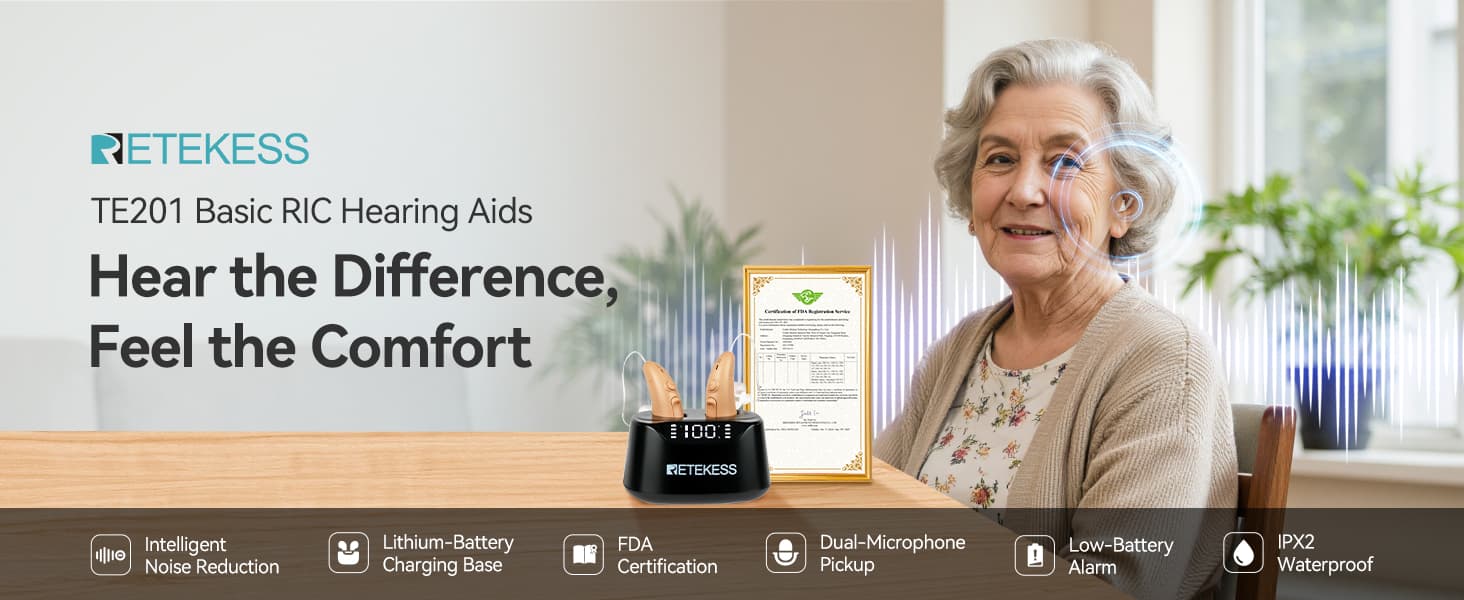
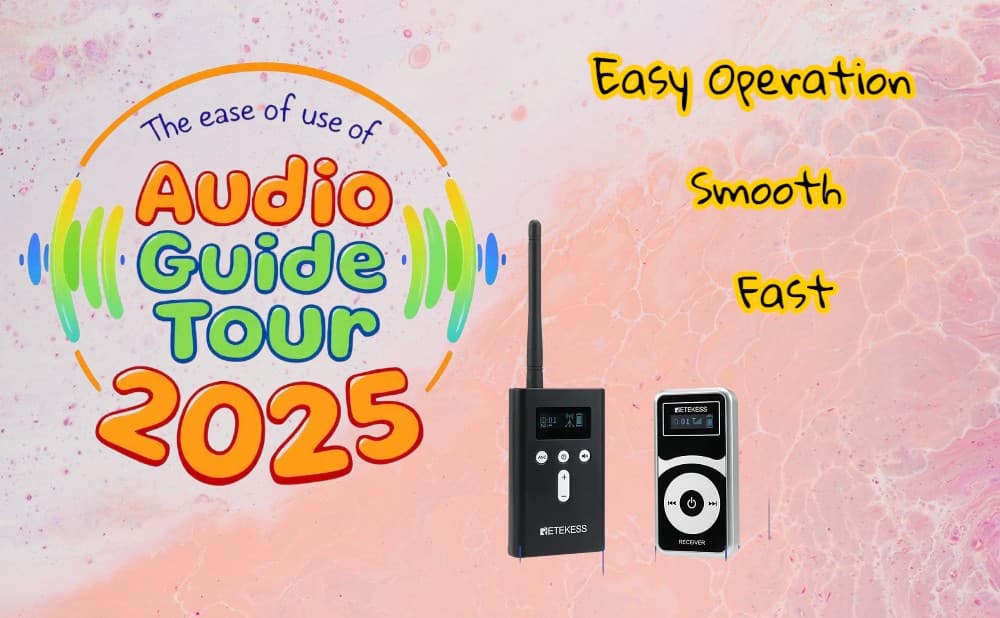
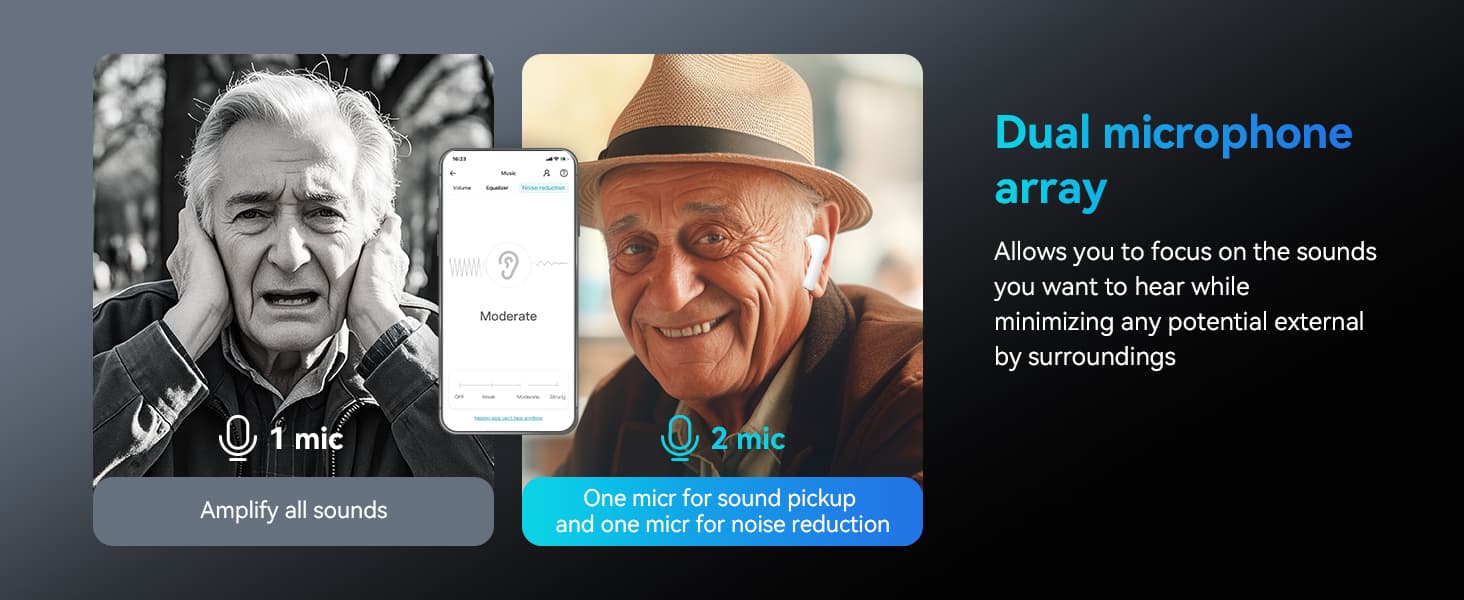
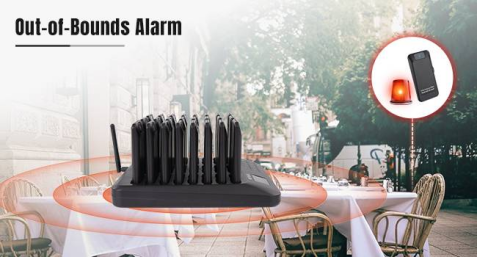



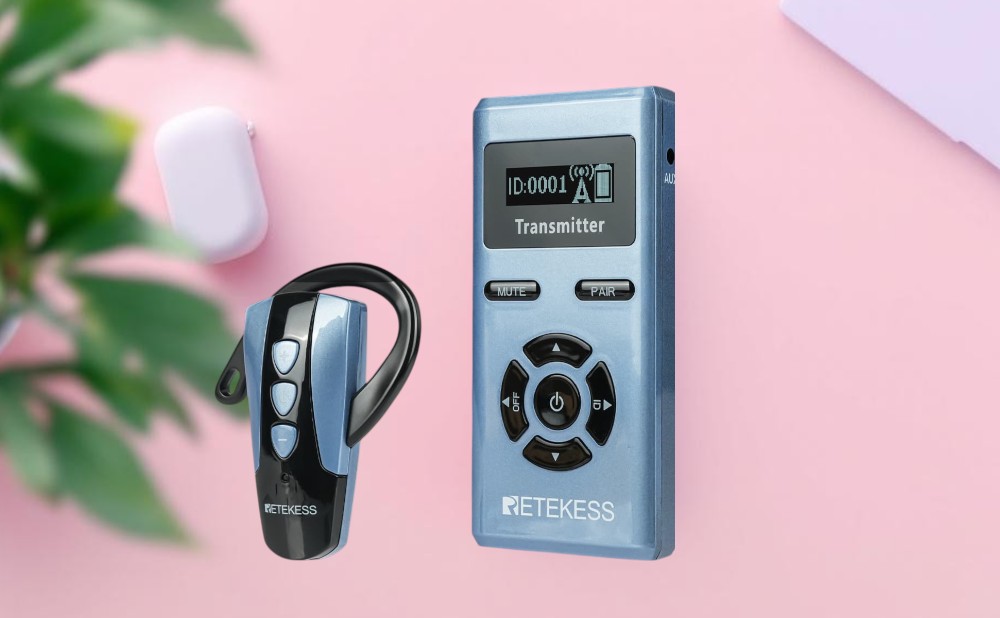





Comments (0)